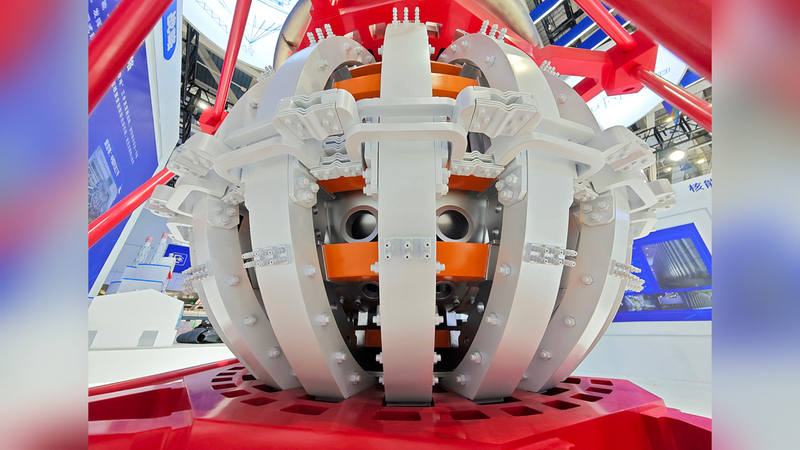Imagine harnessing the power of the sun in a laboratory – that's the promise of fusion energy, and a research team from the Chinese mainland just moved one giant step closer.
Published in Communications Physics, their study unveils a data-driven AI system designed to keep ultra-hot plasma stable inside the Huanliu-3 (HL-3) tokamak, the Chinese mainland's most advanced magnetic confinement fusion device. Fusion reactors aim to fuse light atomic nuclei, releasing massive amounts of clean, carbon-free energy.
One of fusion's biggest hurdles is maintaining precise control over the plasma's shape and current long enough for reactions to yield net power. Traditional methods rely on heavy computational physics models, making it tough to train smart controllers like reinforcement learning agents at scale.
To tackle this, the team built a high-fidelity model entirely on historical HL-3 data. By blending long short-term memory (LSTM) networks with self-attention mechanisms and scheduled sampling, the AI can predict key plasma behaviors over time without error buildup.
Key breakthroughs:
- Data-driven model trained on real HL-3 experiments
- LSTM and self-attention to capture long-range plasma dynamics
- Zero-shot generalization that adapts to new conditions
Deployed directly into HL-3's control loop, the AI agent demonstrated robust stability and adaptability under unfamiliar scenarios. Reviewers note this paves the way for faster, more efficient training of intelligent controllers in next-generation devices like ITER and future commercial fusion reactors.
As the global community races toward carbon-neutral solutions, this AI-driven approach could accelerate the journey to sustainable sun-powered energy, reshaping how we generate electricity and tackle climate change.
Reference(s):
cgtn.com




